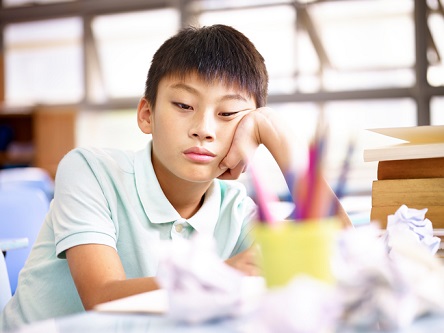
Bullying is an issue that has plagued schools since time immemorial, and despite various programs aimed at addressing the issue, somehow continues.
The good news, however, is that the traditional forms of bullying in UK, US and European schools have decreased modestly over the last decade or so – likely the result of sustained efforts by schools and governments to priories bullying as a major issue.
However, the influence of schools and governments is limited when children use social media outside school hours to target their victims. As such, the focus has turned to the role of parents in monitoring their child’s online behaviour.
The Finnish KiVa program uses virtual learning methods and enlists high-status peers as defenders of those who are being bullied.
In Norway, the Olweus Bullying Prevention Program provides a different structure to schools by discouraging bullying and rewarding more helpful behaviours.
However, in the UK, the philosophy has generally been not to adopt or impose a specific program to stop bullying. Rather, the government provides a range of options and resources available for schools to choose the ‘right fit’ one for them.
So what methods are working, and why?
In Australia, a ground-breaking program to reduce bullying in the schoolyard and promote well-being among children has halved the incidents of bullying at one school and been having a similar impact on schools across the world.
The PEACE (Preparation, Education, Action, Coping and Evaluation) program, pioneered by Professor Phillip Slee and Dr Grace Skrzypiec from Flinders University in 2001, provides school-based strategies to improve safe learning and play spaces for students, including an eight-week anti-bullying intervention delivered by classroom teachers.
In 2014, the program was introduced to Brighton Secondary School, located in South Australia, to address an ‘average level of bullying’, according to Professor Phillip Slee.
“Four years ago the level of bullying at Brighton was not dissimilar to the majority of other secondary schools in Australia and the United States, and was considered to be ‘middle of the road’ in terms of peer aggression,” Professor Slee said.
“Now the level of reported bullying is as low as 5%, which puts Brighton Secondary School in the lowest category for schoolyard bullying, and which is a wonderful achievement for the school and the PEACE Pack program.”
Elsewhere, some studies and initiatives are addressing the root causes of bullying to tackle the issue in the first years of schooling.
According to Dr Lesley-anne Ey, a lecturer in child development, child protection and educational psychology at the University of South Australia, bullying can be effectively addressed using early-intervention methods.
“Four metropolitan and rural South Australian schools worked with researchers at the University of South Australia to co-create a 10 lesson anti-bullying program for junior primary children specific to their context,” Dr Ey said.
“The educators said that the program was well received by children and the data showed that this intervention increased children’s explanations of bullying, but more needs to be done to provide children with a greater understanding of bullying overall.”


